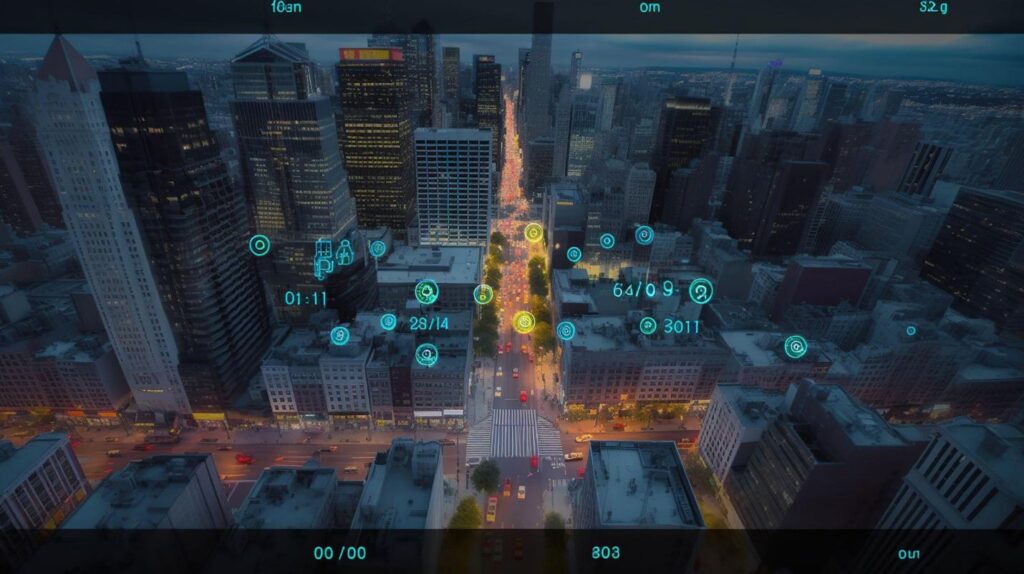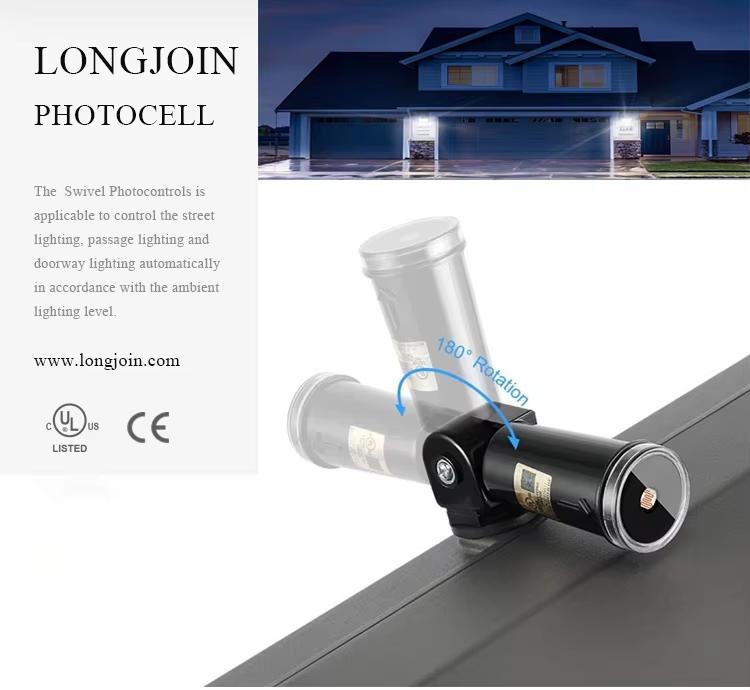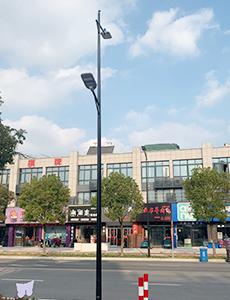Outline
- Introduction
- Casambi’s Technical Features and Advantages
- Wireless Control
- Intelligent Networking
- No Additional Gateway Required
- Energy Efficiency and Automation
- Compatibility and Scalability
- Self-Organizing Network Functionality
- Application Scenarios: Specific Cases
- Residential and Office Lighting
- Commercial and Retail Spaces
- Public Lighting Systems
- Advantages of Integrating Casambi with Photocell Technologies
- Enhanced Intelligence Level
- Improved Energy Conservation and Environmental Impact
- Increased System Reliability and Scalability
- Acceleration of Smart City Development
- Enhanced User Experience and Operational Convenience
- Future Trends
- The Bottom Line
The lighting industry is fast-evolving. Casambi Technologies has further advanced the game. They use advanced BLE technology to do away with the need for complicated wiring. This makes wireless control easy with little infrastructure.
Also, Casambi’s is based on a decentralized mesh network. This facilitates communication, ensuring a more reliable and scalable solution. This energy-saving method also lowers installation costs. Indeed, with Casamb, companies and homeowners can now enjoy a never-before-seen level of flexibility, convenience, and efficiency.

Casambi’s Technical Features and Advantages
Wireless Control
Casambi makes use of Bluetooth Low Energy. With this, direct point-to-point connections are created between devices without the necessity for intricate wiring. Furthermore, this wireless method not only eases installation but also minimizes labor and material costs. With all these benefits on the table, this option is indeed a way to go for modern lighting systems.
Intelligent Networking
Each Casambi-enabled device operates as a node within a self-forming mesh network. This architecture ensures that all system intelligence is replicated across every node. With such complex patterns, the susceptibility to single-point failures is negligible.
As a result, users enjoy both local and global control features, making the system more robust and flexible.
No Additional Gateway Required
Traditional lighting control systems often rely on central gateways or internet connectivity. However, in terms of Casambi, it has a decentralized design. This allows devices to communicate directly without external gateways. In return, the chances of malfunctioning are reduced, and system reliability is enhanced.
Energy Efficiency and Automation
Smart lighting is all about sustainability. Casambi promotes this through its various sophisticated features. It allows for scheduling, daylight harvesting, and occupancy sensing with the help of photocells. These capabilities adjust the light automatically in response to the time of day or room occupancy. Ultimately, with such advanced settings, energy savings are obvious.
Compatibility and Scalability
With a variety of modules in the market, compatibility is essential. Casambi, in this sense, guarantees easy integration with an extensive list of lighting devices, such as fixtures, drivers, and sensors.
This compatibility allows for easy scalability. Whether it’s a small project or overhauling a complete smart city stop, the system accommodates both without compromising performance.
Self-Organizing Network Functionality
Casambi’s devices automatically establish a local area network upon activation. This simplifies the setup process.
Also, the self-organizing capability ensures that the system remains resilient and can adapt to changes. While there is no need for manual reconfiguration to add or remove devices, labor costs are curtailed.
Application Scenarios: Specific Cases
Residential and Office Lighting
Research in the Journal of the Illuminating Engineering Society reveals that the quality of light greatly influences performance, mood, and health. Casambi technology enables tailored lighting experiences for both the home and the workplace.
Users can create customized lighting scenes to respond to varying activities or moods. The benefits are many. First, It directly influences comfort and productivity.
Also, voice assistant compatibility ensures that integration is seamless. This enables hands-free usage and adds more to the user experience.
Commercial and Retail Spaces
Research published in the Journal of Business Research indicates that lighting is an effective tool to boost the visual appeal of products. Casambi, in this regard, effectively enhances customer experiences through dynamic lighting strategies.
Firstly, it helps boost sales by highlighting products and creating a specific ambiance. This ultimately influences purchasing behavior. Further, the system’s energy-efficient controls are the cherry on the cake. Sensors, such as occupancy and automated dimming, contribute to significant energy savings.
Public Lighting Systems
For modern-day municipalities, cost-saving while aligning with sustainability goals are some primary concerns. Casambi helps with both of these.
The centralized control enables real-time monitoring and automatic adjustments according to environmental factors. This, while maintaining public safety, also increases energy efficiency. Additionally, the wireless aspect of the system makes installation easier. This minimizes maintenance complexities, making it an economical solution for municipalities.

Advantages of Integrating Casambi with Photocell Technologies
Enhanced Intelligence Level
Smartness is the hallmark of modern lighting systems. Casambi’s technology, coupled with photocell light sensors, helps with intelligent lighting system control. It enables remote monitoring. Thus, facility managers can adjust lighting parameters in real-time based on ambient light levels.
Additionally, the combination also allows for augmented analysis of data. Access to energy consumption patterns and environmental conditions assists with optimization and predictive maintenance strategies.
Improved Energy Conservation and Environmental Impact
Lighting has its fair share in global energy consumption and CO2 emissions, which are 20% and 6%, respectively. Hence, great returns can be achieved both in the form of energy savings and sustainability by efficiently controlling lights.
The fusion of Casambi’s system with photocell switches allows for environmental sensing. This helps with light adjustments based on natural light availability. This thereby reduces unnecessary energy usage.
Casambi’s is also capable of allowing lighting to be used only when and where it’s needed. This zoned and scheduled control further contributes to energy efficiency.
Increased System Reliability and Scalability
Casambi operates on a decentralized mesh network. This means each device within the network communicates directly with others. This gives flexibility to add or remove devices without manual intervention.
This architecture also simplifies expansion and upgrades. The Casambi system is scalable and can grow with the facility’s needs while maintaining consistent performance.
Acceleration of Smart City Development
The current smart city infrastructure is interconnected. For example, street lighting is being used to monitor traffic flow, pedestrian activity, environmental conditions and so on.
Casambi, when integrated with photocell sensor switches, is a go-to solution to cater to all these needs. This improves energy efficiency and public safety, thereby accelerating the development of smarter urban infrastructures.

Enhanced User Experience and Operational Convenience
Regarding user experience, the benefits of integrating Casambi with photocells are multi-pronged. First, the lighting can be adjusted remotely through mobile applications. Further, intelligent scene settings enable the creation of tailored lighting environments.
This operational convenience makes maintenance easy. Ultimately, the downtimes are minimal, and lighting systems are more reliable.
Future Trends
The convergence of intelligent lighting systems and big data analysis has the potential to transform the management of energy. For example, AI platforms can optimize HVAC functions using real-time data and minimize energy utilization and expenditure.
In addition, the incorporation of intelligent lighting with renewable resources is a high-potential area for environmentally friendly development. Such systems decrease grid dependency in addition to maintaining constant lighting levels, even where it is inaccessible or off-grid.
The future of automatically managed intelligent lighting involves leveraging high-end light sensors and AI to craft dynamic environments. The emergence of networked lighting controls illustrates this, with centralized dashboards for controlling lighting in extensive facilities.
The Bottom Line
Combining Casambi with photocell technologies is a major step towards smarter, energy-saving, and greener lighting solutions. With cities and companies adopting smarter infrastructures, selecting trusted partners is imperative. Chi-Swear, with its established track record of producing high-quality photocells, provides reliable solutions to unlock the full potential of smart, intelligent lighting systems.






